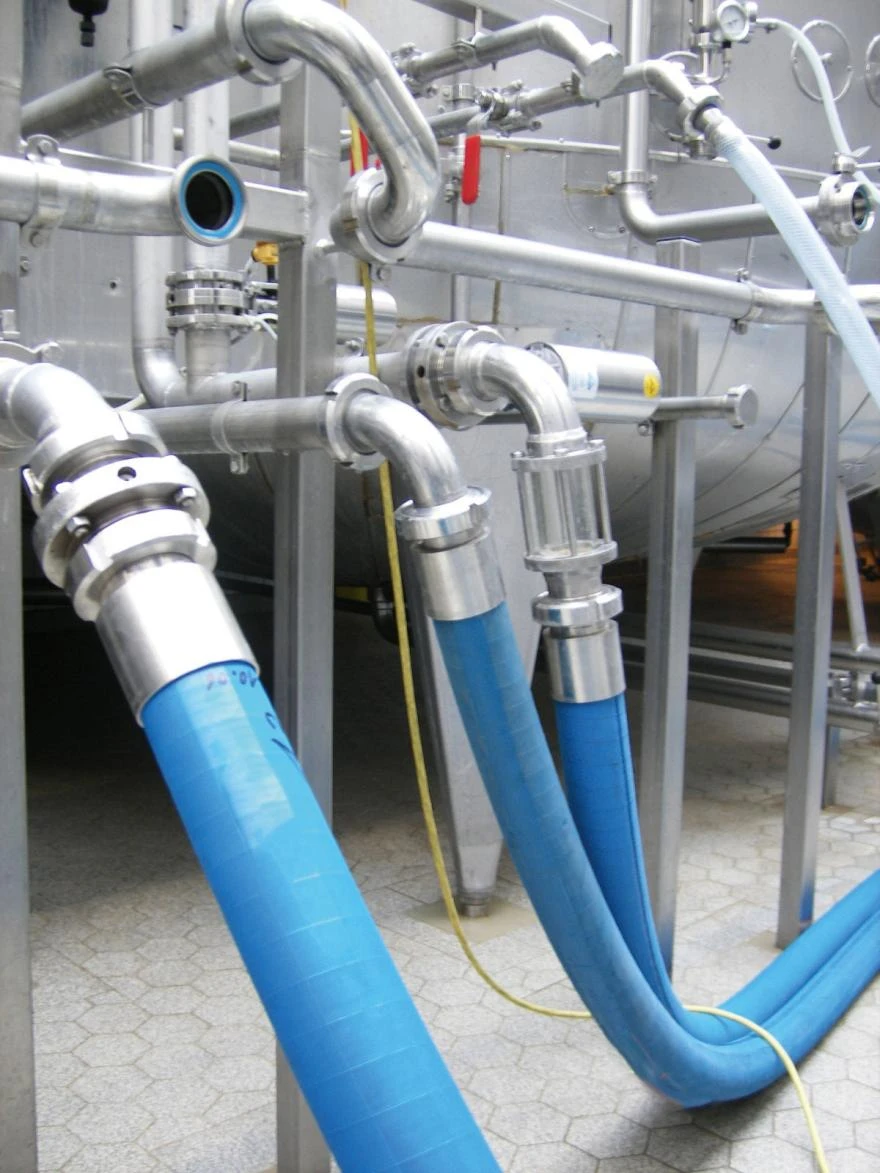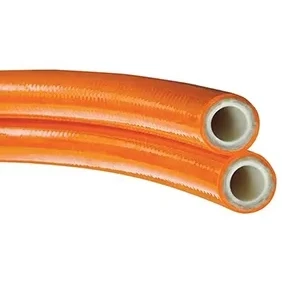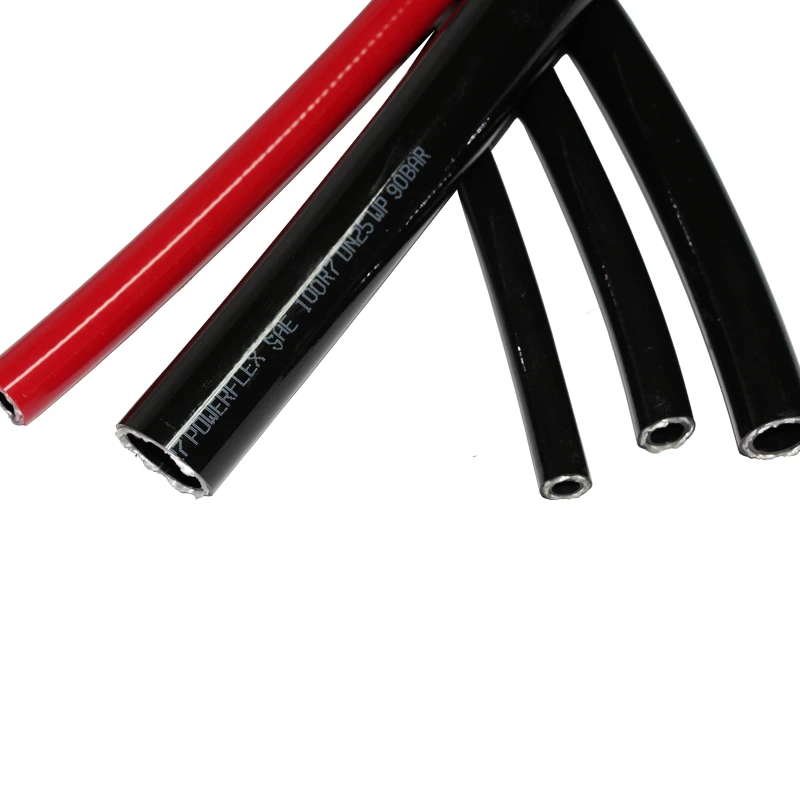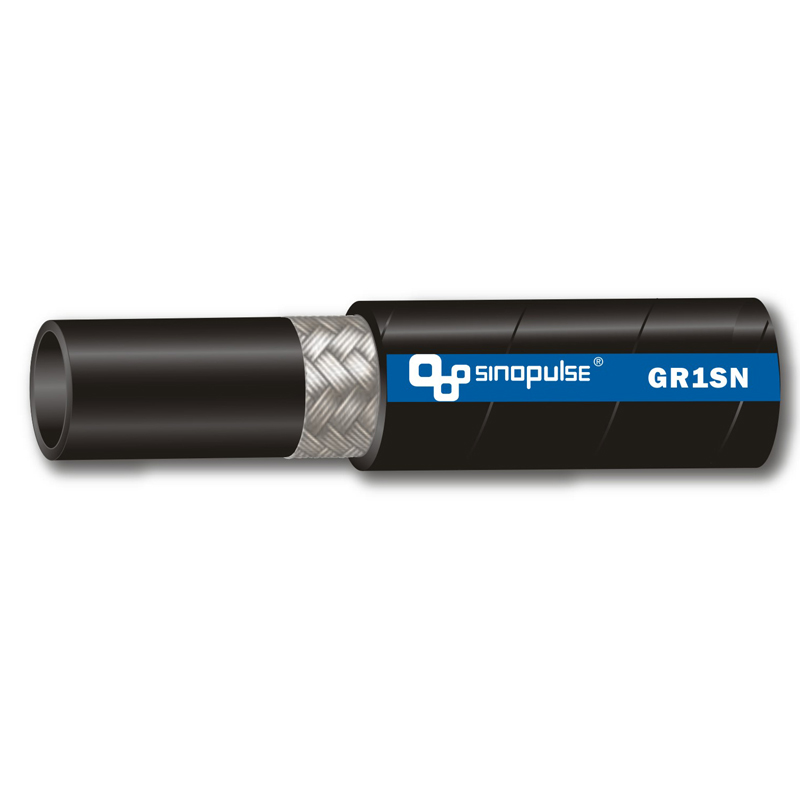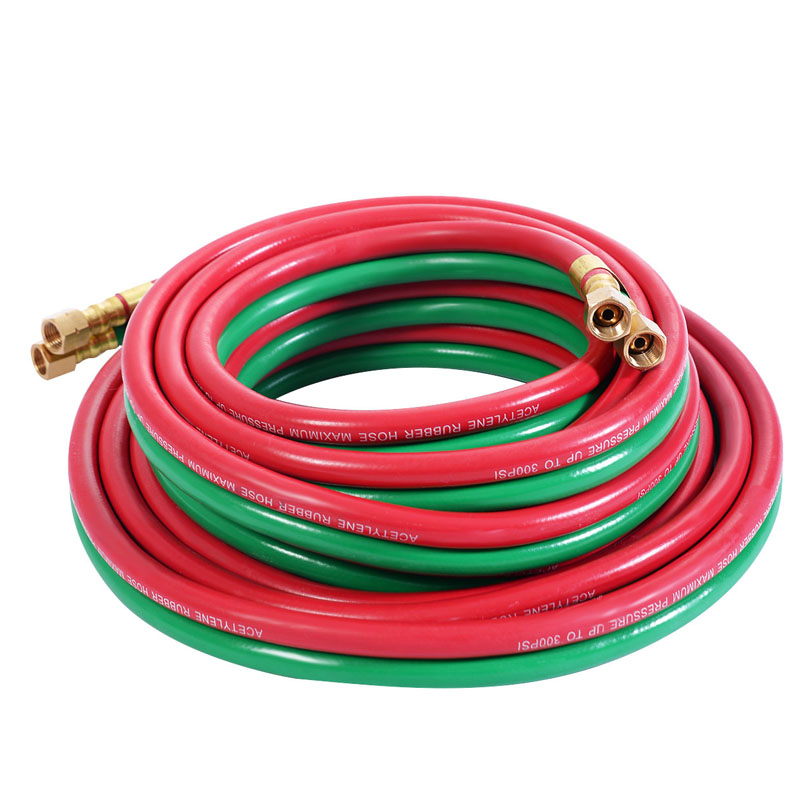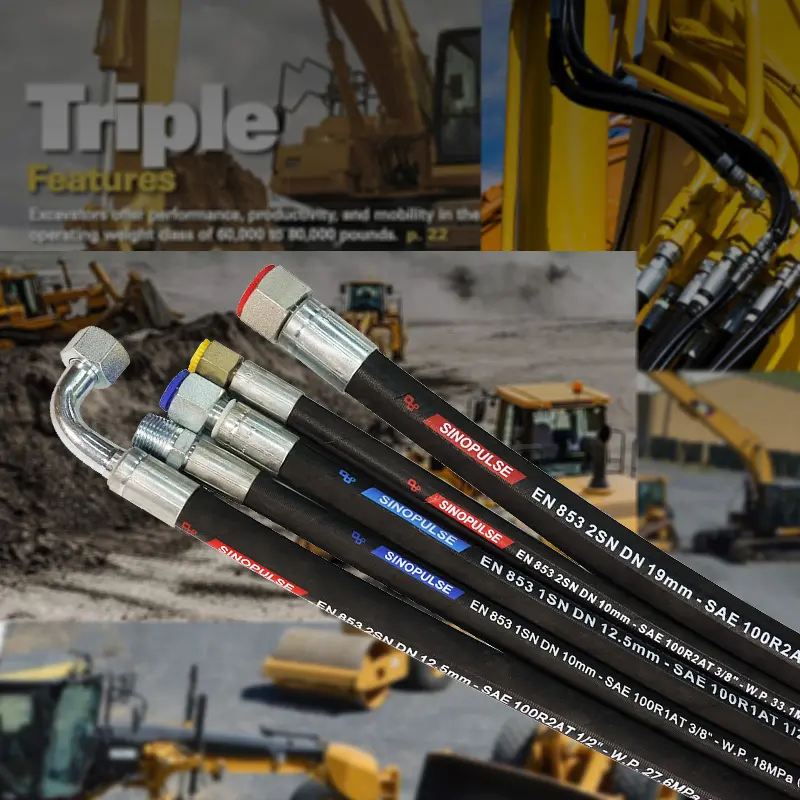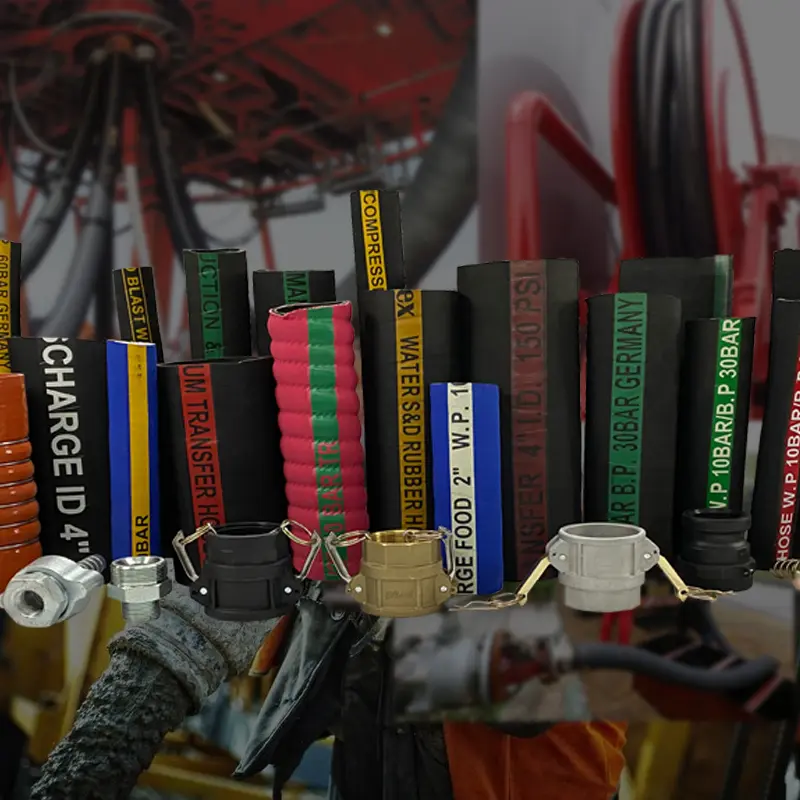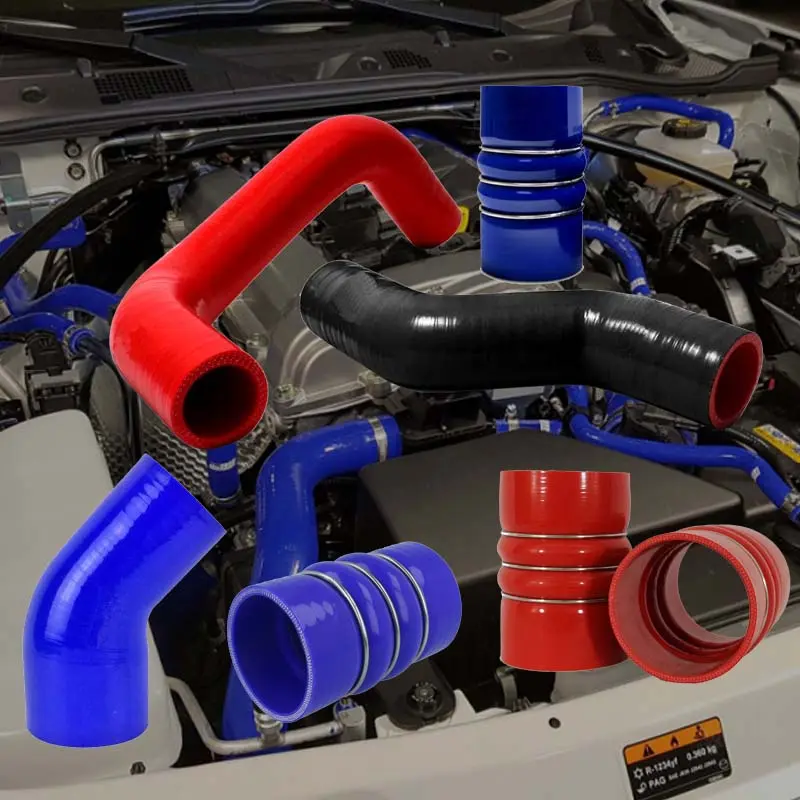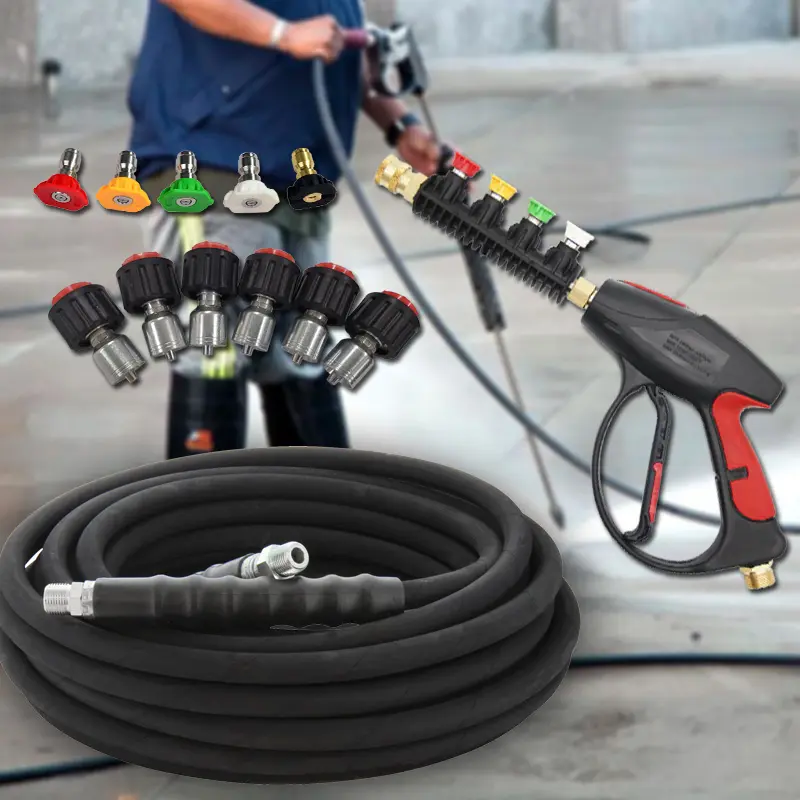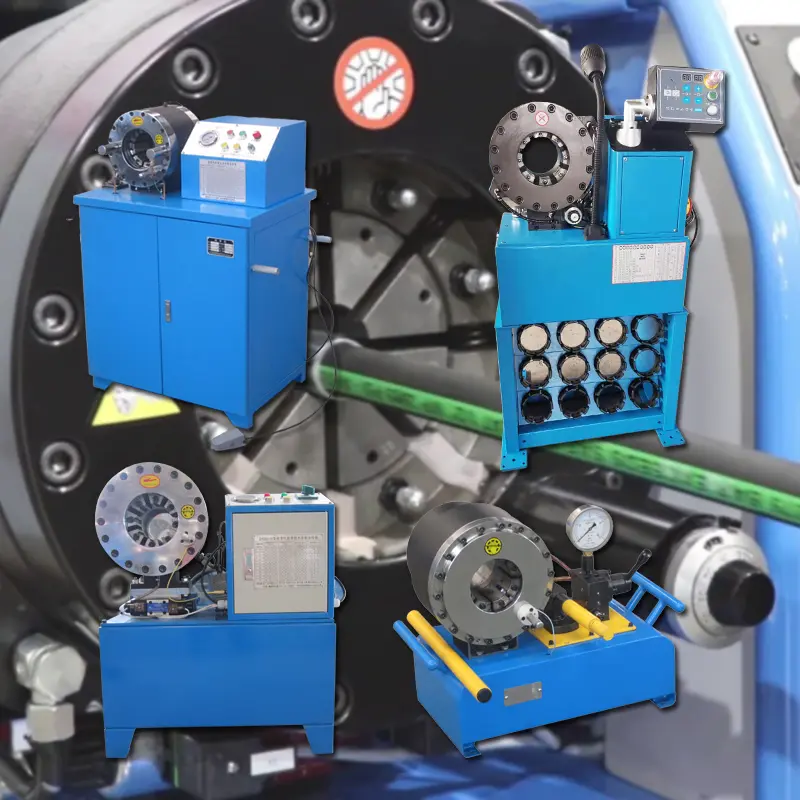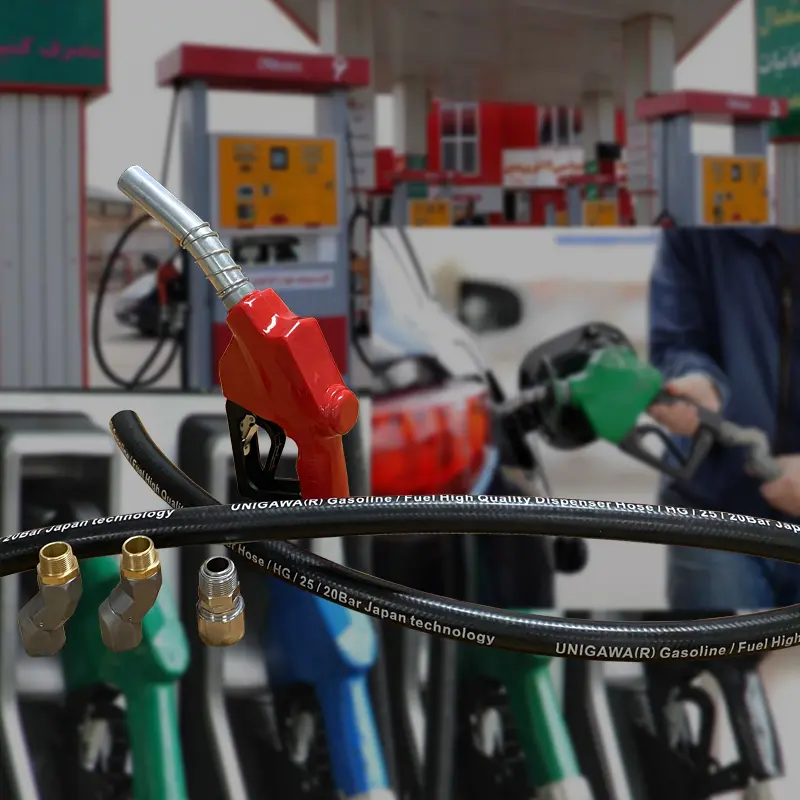Chemical Resistant Hose Essential Component for Safe Transport of Hazardous Materials
In various industries, the need for reliable and safe transportation of chemicals is paramount. Whether in chemical processing plants, oil refineries, or laboratories, the tools and materials used for handling hazardous substances must meet stringent safety standards. Among these essential tools is the chemical resistant hose, designed specifically to withstand the corrosive effects of various chemicals, thus providing a safe and efficient means of transport.
Understanding Chemical Resistant Hoses
Chemical resistant hoses are specialized hoses that are constructed from materials able to endure exposure to corrosive substances without degrading. They come in a variety of sizes, lengths, and configurations to fit different applications, such as transferring chemicals from one container to another, pumping solvents, or even in spray applications. The versatility of these hoses allows them to be utilized in multiple settings, including manufacturing, pharmaceuticals, agriculture, and food processing.
The construction of chemical resistant hoses typically involves materials such as rubber, fluoropolymers, or thermoplastic elastomers. Each material has its own advantages and is chosen based on the specific chemicals that will be transported. For instance, fluoropolymer hoses are highly resistant to a wide range of aggressive chemicals and extreme temperatures, making them a popular choice for industries dealing with harsh substances.
Choosing the Right Hose
When selecting a chemical resistant hose, several key factors must be considered. The first is the type of chemical being transported. Different chemicals can have varying levels of corrosivity, meaning a hose that works well with one substance might not be suitable for another. Manufacturers typically provide chemical compatibility charts that outline which hoses are suitable for particular chemicals, helping users make informed choices.
chemical resistant hose
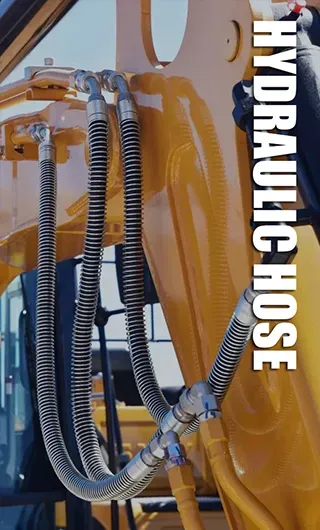
Another critical factor is the temperature range. Some chemicals can generate heat during transfer or react exothermically, thus requiring hoses that can handle elevated temperatures. Additionally, pressure ratings are essential; ensuring that the hose can manage the pressure generated in the system avoids catastrophic failures that could lead to spills or leaks.
Maintenance and Safety
Even the best chemical resistant hoses require regular maintenance to ensure their integrity and longevity. Inspecting hoses for signs of wear, cracking, or warping can prevent leaks and other hazards. Proper storage is also important; hoses should be kept out of direct sunlight and stored in a way that prevents kinking or crushing.
Safety is a paramount concern when dealing with hazardous materials. Equipping workers with personal protective equipment (PPE) and ensuring that they understand proper handling procedures is as vital as using the right hose. Training sessions can help familiarize staff with potential risks and the importance of using chemical resistant hoses properly.
Conclusion
In conclusion, chemical resistant hoses are indispensable tools in safely managing and transporting hazardous substances across various industries. The right selection, proper maintenance, and vigilant safety measures ensure that these hoses perform reliably while minimizing the risk of chemical spills and exposure. As industries continue to evolve, the demand for high-quality, durable, and efficient chemical resistant hoses will only grow, emphasizing the importance of investing in the right equipment to protect both workers and the environment.
Product Application









